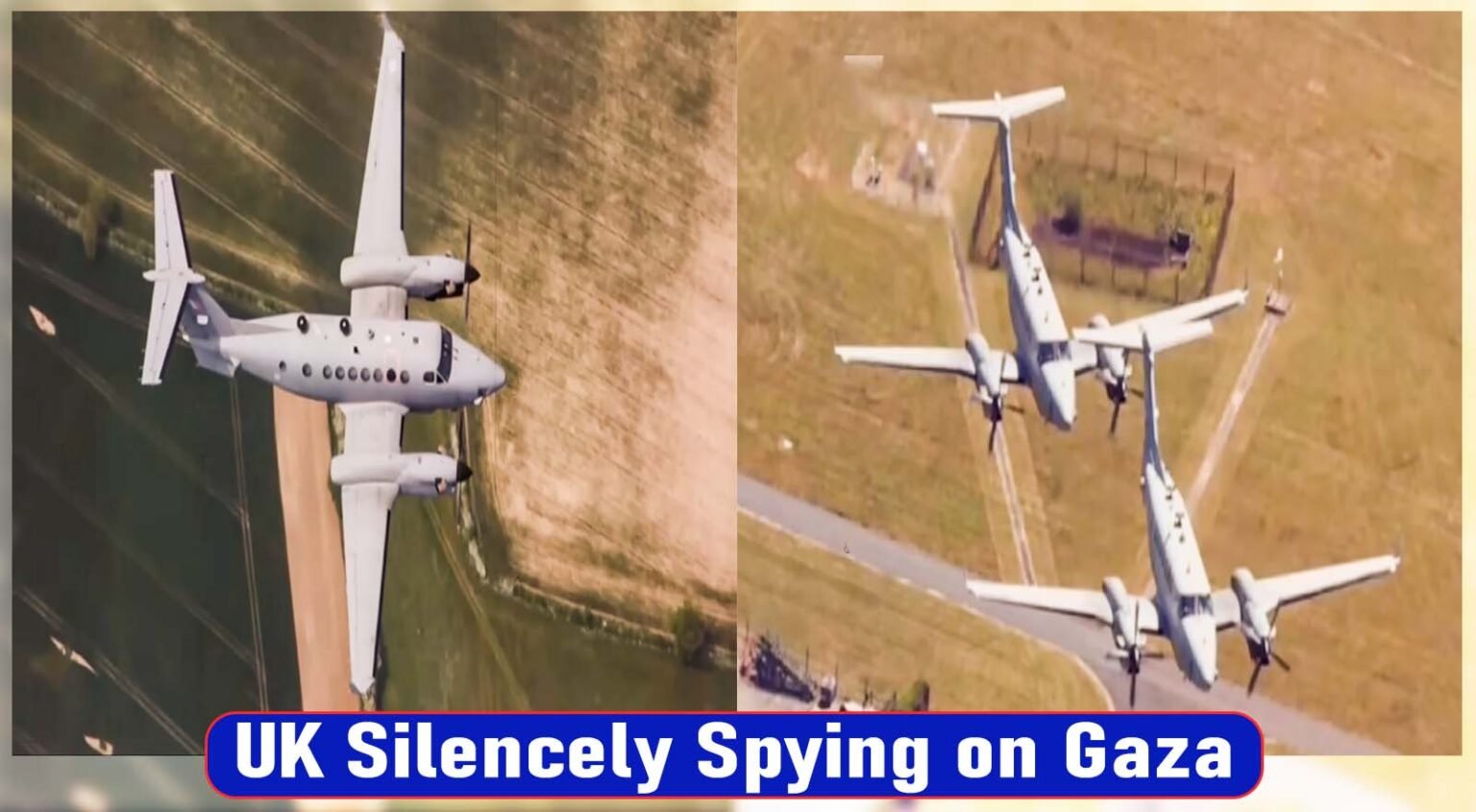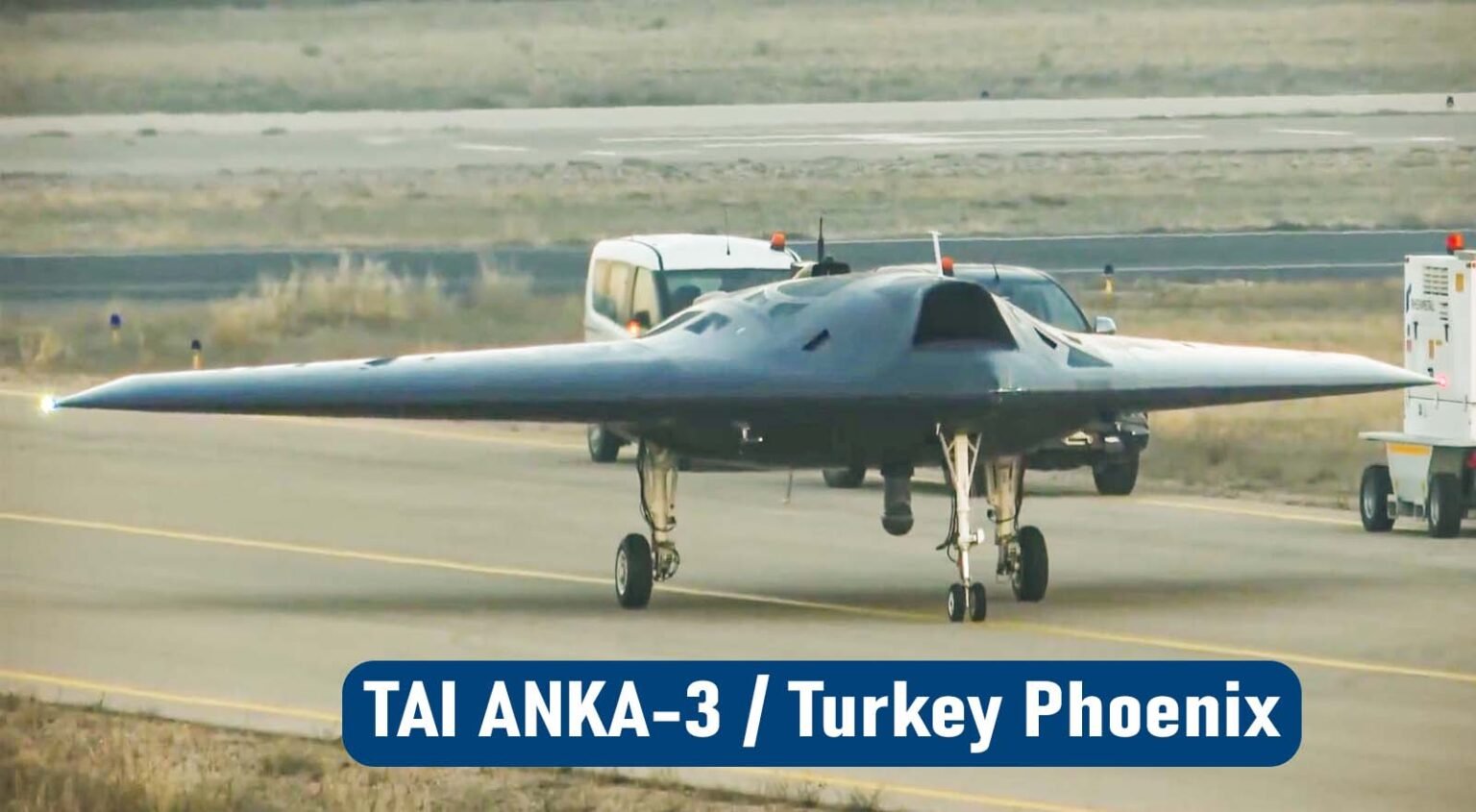The air forces of Indonesia and South Korea collaborated to create KAI KF-21 Boramae (KF-X). The Korea Aerospace Industries (KAI)-led KF-X program directly produced this fighter plane. On the Indonesian end, the prime contractor is Indonesian Aerospace, also known as Dirgantara Indonesia. The KF-21 is a combat aircraft of the 4.5th generation, which is classified as semi-stealthy and situated between the F-35 Lightning II and the F-16V Viper fighter fighters. KF-21 powered by two F414 engines from General Electric. 7,711 kg maximum cargo capacity. It is capable of carrying a variety of weaponry and sensor pods! The first batch will consist of aircraft with air superiority, while the second batch will consist of multirole fighters.
Generally some people compare this KF-21 with the US-made F-22 Raptor and the TAI TF-X KAAN fighter jet. You can also look at these two fighter jets.Generally some people compare this KF-21 with the US-made F-22 Raptor and the TAI TF-X KAAN fighter jet. You can also look at these two fighter jets.
History of KAI KF-21 Boramae
The KF-X advanced multirole jet fighter project, announced in March 2001, aimed to produce modern warplanes to replace South Korea’s aging F-4D/E Phantom II and F-5E/F Tiger II aircraft. The project faced numerous delays and postponements, but renewed interest was sparked by a 2008 feasibility study and North Korea’s attacks in 2010. The development of the domestic defense industry was considered of national importance and was expected to have a ripple effect on high-tech industries. In 2010, a partnership was made with Indonesia, providing 20% of the funding and purchasing 50 of the anticipated 150-200 aircraft. The South Korean government committed to 60% of the cost, with the remaining 20% provided by domestic and foreign companies.
Korean Aerospace Industries (KAI) won the production bid and partnered with Lockheed Martin for technological support. The contract formed a plan for delivery to begin in 2026. The Polish Armaments Agency is closely monitoring the development of KF-21 Boramae, potentially paving the way for the purchase of a future Block 2 version of the fighter jet. The Philippine Air Force and the Peruvian Air Force have expressed interest in the aircraft. The KF-21 passed the provisional combat suitability evaluation in May 2023, allowing for the initial mass production process in 2024.
South Korean and Indonesian Collaboration in KAI KF-21 Boramae
KF-21 launch event at Sacheon, South Korea, April 9. The purpose of the collaborative South Korean/Indonesian 4.5 generation multirole fighter aircraft development program, known as KAI KF-21 Boramae (previously known as KF-X), is to provide an advanced multirole fighter for the air forces of both countries. Although the airframe is less visible than those of other fourth-generation fighters, unlike fifth-generation fighters, it does not have any interior bays for storing armaments. With 60% of the shares, the South Korean government is in charge of the program. Twenty percent of Indonesia joined in 2010; commercial partners, such as the manufacturer Korean Aerospace Industries (KAI), own the remaining twenty percent. After the FA-50, the KAI KF-X is South Korea’s second in-house fighter aircraft development program. Korean Defense Industry
KAI KF-21 Boramae Development
The KF-X program aimed to develop a single-seat twin-engine multirole fighter with stealth capabilities surpassing the Dassault Rafale and Eurofighter Typhoon but less than those of the Lockheed Martin F-35 Lightning II. The Weapon Systems Concept Development and Application Research Center of Konkuk University recommended that the KF-X should be superior to the F-16 Fighting Falcon, with 50% greater combat range, 34% longer airframe lifespan, better avionics, active electronically scanned array (AESA) radar, more-effective electronic warfare, and data link capabilities.
The project requirements were later downgraded by the Republic of Korea Air Force (ROKAF) to a 4.5-generation fighter with limited stealth capabilities. South Korea possessed 65% of the necessary technology to produce the KF-X and sought cooperation from other countries. To facilitate technology transfer, the Agency for Defense Development (ADD) proposed two primary concepts for the KF-X: C103, which resembled the F-35, and C203, which resembled European fighters with forward canards.
The C501 (a.k.a. KFX-E) was a third design proposed by KAI and supported by the Defense Acquisition Program Administration (DAPA), which attempted to reduce costs with a smaller, single-engine fighter but had inferior performance to the F-16 and was unsuitable for Indonesia’s large airspace. ROKAF preferred the benefits of a twin-engine design, with better combat performance and safety, and a larger airframe with room for upgrades. In 2018, the C109 proposed by ADD and KAI was decided as the prototype design of the KF-X.
KAI KF-21 Boramae Design Overview
The goal of the South Korean-led KF-21 Boramae fighter aircraft development program is to provide a multirole fighter for both Indonesia and South Korea. It is classified as “4.5 Gen” and has some of the same capabilities as the F-35 and other 5th Gen aircraft. Although the KF-21’s airframe lacks internal weapon bays for total invisibility, it does utilize materials and shape that absorb radar to provide a lower radar cross-section. Thanks to the strong General Electric F414 engine, it has a considerable range and cargo capability and is incredibly agile.

Although the aircraft has a glass cockpit for situational awareness and weapon deployment and is equipped with modern sensors, its total sensor fusion and network-centric combat capabilities could not be up to par with real fifth generation fighters.Twin-tail delta wings for stability and agility, canard foreplanes for improved low-speed performance, internal fuel tanks for a longer mission range, and open armament bays for external weapon carrying are among of the design’s key components. Future developments are taken into consideration in the design of the KF-21 Boramae. These include Block 3 upgrades that might include internal weapon bays and more sophisticated sensors, as well as other blocks that investigate features like directed energy weaponry and 6th Gen technology.
Investment on KAI KF-21 Boramae
The KF-21 Boramae program, initially funded by South Korea and Indonesia, is now being considered for potential new investors. The UAE has expressed interest in joining the program, potentially replacing Indonesia’s stake, and Poland has shown interest in participating in the development later in 2026. The program’s potential return on investment could lead to lucrative export opportunities for South Korea and its partners. Participation in the program can provide technology transfer and strengthen domestic aerospace capabilities. Investing in the KF-21 can be seen as a statement of regional strategic ambitions and technological independence. However, challenges include funding uncertainty, technological hurdles, and geopolitical tensions. Finding a stable funding solution is crucial for the program’s future development, while overcoming these challenges requires careful planning and strategic maneuvering. Despite these challenges, investing in the KF-21 Boramae program presents a significant opportunity for technological advancement, economic gain, and strategic influence.
Controversies about KAI KF-21 Boramae
The KF-21 Boramae program in South Korea has generated controversy because of its multinational connections, technology, and financial arrangements. The program’s budget has been strained by Indonesia’s financial contributions of over $745 million, which has drawn criticism from both the South Korean and Indonesian governments. Each KF-21 might have high production costs of above $890 million, possibly more than the F-35. Because the KF-21 still uses US technologies, worries about technological independence are raised over reliance on outside suppliers and potential restrictions on future improvements.
Political complexities and competition from well-established fighter planes make securing export deals difficult. There are concerns regarding the program’s long-term competitiveness and capacity to maintain its leadership position in fighter jet technology due to the lack of clarity around its future development trajectory. Although no significant scandals have been substantiated, there have sometimes been allegations of corruption and irregularities in the program’s operation.
Subtypes of the KF-21N
The KF-21N, a military aircraft, has no official subtypes announced as of January 2024. However, speculation suggests that the future may see some modifications and specializations. Block upgrades are in development, with Block 2 focusing on engine performance and radar capabilities. Block 3 may introduce internal weapon bays for enhanced stealth, advanced sensors, and avionics. Further blocks could explore advanced technologies like directed energy weapons and 6th-generation fighter features.
Specialized variants include the Electronic Warfare (EW) variant, which has dedicated jamming and reconnaissance systems for disrupting enemy communications and radars, the Reconnaissance variant, which has enhanced sensors and extended range capabilities for intelligence gathering and battlefield surveillance, and the Trainer variant, which has a two-seat configuration for pilot training. These variants highlight the KF-21N’s adaptability and growth potential, but their realization depends on future needs and program developments.
Prototypes of KAI KF-21 Boramae
KAI began production of the KF-X prototype in February 2019, with six expected to be completed by 2021. The prototype will undergo four years of trials and be ready for mass production by mid-2026. The first test flight took place on 19 July 2022, with the aircraft bearing the flags of South Korea and Indonesia. Six flying prototypes, including two two-seat versions, will conduct 2,200 flights until mass production begins in 2026. The KF-21 will be equipped with a domestically developed air-launched cruise missile (ALCM) and hypersonic missile. The first two-seat KF-21 prototype flew on 20 February 2023, initially for type conversion, but DAPA is considering other operational missions, including electronic warfare, for the two-seat platform.
KAI KF-21 Boramae general specifications
one or two Crew
16.9 m (55 ft 5 in) in length
Spread of 11.2 meters (36 feet 9 inches)
4.7 m (15 ft 5 in) tall
Area of wings 46.5 m³
Weight empty 11,800 kg
Weight total 17,200 kg
Maximum weight at takeoff: 25,600 kg
Internal fuel capacity: 6,000 kg
7,700 kg of payload External Powerplant Two General Electric F414-GE-400K turbofans, produced under license by Hanwha Aerospace, each having a thrust of 57.8 kN when dry and 97.9 kN when equipped with an afterburner.
KAI KF-21 Boramae Performance
2,200 km/h (1,400 mph, 1,200 kn) is the maximum speed.
Mach 1.8 is the Max velocity
1,000 km (620 mi, 540 nmi) is the combat range.
2,900 km (1,800 mi, 1,550 nmi) is the Range of the ferry
KAI KF-21 Boramae Armament

Missiles:
- Air-to-air missiles
MBDA Meteor
AIM-120 AMRAAM
Diehl IRIS-T
AIM-9X Sidewinder
ASRAAM (planned)
2. Air-to-surface missiles
Taurus KEPD 3
AGM-65 Maverick
Korean long-range air-to-ground guided missile
MBDA Brimstone (planned)
SPEAR 3 (planned)
3. Anti-ship missiles
AGM-84 Harpoon
Taurus KEPD 350
SPEAR 3 (planned)
KAI KF-21 Boramae Avionics

Active Electronically Scanned Array (AESA) radar
Electro-Optical Targeting Pod (EO TGP)
Infra-Red Search and Track (IRST) system
Electronic Warfare suite (EW suite)
Here is the source of the Korean website. You can visit this website and find the authentic source.
FAQ
Is the KF-21 a stealth aircraft?
The KF-21 is less noticeable than earlier fighter generations thanks to several stealth technologies, including integrated wing-body design and materials that absorb radar. It does not, however, have some other fifth-generation aircraft’s whole internal weapons storage capacity.
What is the KF-21’s development status?
Right now, the KF-21 is in the development stage. There is continuing flight testing for the prototype, which took off in July 2022. It is anticipated that the South Korean Air Force will deploy the first operational version in 2026.
What engines does the KF-21 use?
American-built F414 turbofan engines power the KF-21 today. The KARI XE991, a South Korean-made engine, is being developed and might be used in the next aircraft models.
Will the KF-21 be exported?
The KF-21 is intended for export by South Korea to foreign nations. Eastern European and Southeast Asian countries are potential clients.
What is the future of the KF-21?
The KF-21 represents a major advancement for the aerospace sector in South Korea. For many years to come, the South Korean Air Force is anticipated to rely heavily on it. To fully maximize the aircraft’s capability, a carrier-based derivative is also being considered for development.







